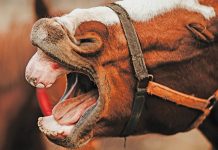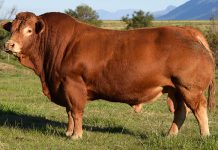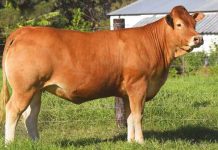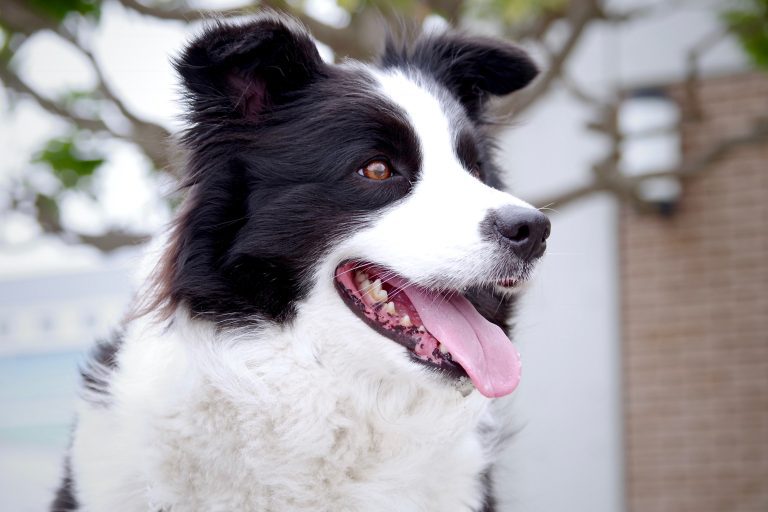
There are many beliefs and myths about dogs that we all, if not now, at some point, believed to be true.
I remember being told that if you fill up plastic two-litre bottles with water and leave them on the lawn, the dogs won’t toilet near them.
Well, one of our dogs nearly went on top of it. So, let me dispel five myths you thought were true about dogs.
Old dogs can’t learn new tricks
This has been ingrained in our lives since forever. Our grandparents told us about this saying that you can’t teach an old dog new tricks.
Interestingly enough, this is one of the oldest idioms in the English language. No wonder we believe it. Apparently, it is from as early as the 16th century!
Where did this come from, you may ask. Here is the first written record of it in old English, from John Fitzherbert’s The boke of husbandry (1534):
” … and he [a shepherd] muste teche his dogge to barke whan he wolde haue hym, to ronne whan he wold haue hym, and to leue ronning whan he wolde haue hym; or els he is not a cunninge shepeherd. The dogge must lerne it, whan he is a whelpe, or els it will not be: for it is harde to make an olde dogge to stoupe.” (Visit theidioms.com)
Rather interesting to read. Old English is funny! Since then it hasn’t changed much, except for the spelling. We have just always stuck with it, but in actual fact it is false.
Old dogs can learn new behaviours. It may be hard to change their behaviour, for instance if your dog begs for food, trying to stop it doing that can be difficult.
However, training to do something completely new isn’t that hard. Give it a go! We started protection training with a seven-year old Rottweiler that learned very quickly.
Dogs are colour-blind
You’ll often here people saying that dogs are colour-blind and that having colourful toys for your dog is pointless. Not so much. Dogs can in fact see colour, but they can only see a limited spectrum of colours and not the broad variety humans can see.
The picture below shows the colours that dogs can see.
Now you can understand why your dog sometimes seems blind when looking for his toy in the grass, particularly if it’s red! So the next time you buy your dog a toy, focus mainly on blues and yellows.
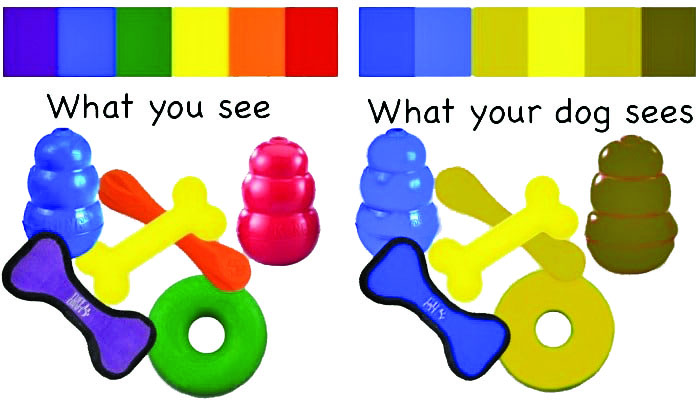
One human year equals seven dog years
Another story we have always been told since we were kids is that every year a human lives, is equal to seven dog years. This means that your dog will be 100 dog years old when it is just over 14 human years of age.
Now, many of you will be thinking, well, I know a dog that lived that long, and yes, there are humans that get there too. So, it’s not that far-fetched to work it out that way.
However, different size dogs age differently. Many smaller breeds live longer than larger breeds. A Jack Russell, for instance, can live much longer than 14 years, while a Great Dane or German Shepherd will be extremely lucky to live to 12.
As a result, a smaller breed aged 17 years equates to a human that is about 100 years old. In this case, it means that one human year equals roughly six dog years.
However, larger dog breeds live on average to about 10 years of age, and that would work out to be 10 dog years to one human year.
So, if you have a larger breed dog, it will unfortunately have a much shorter lifespan than a small breed dog. Bear in mind that it is very breed specific.
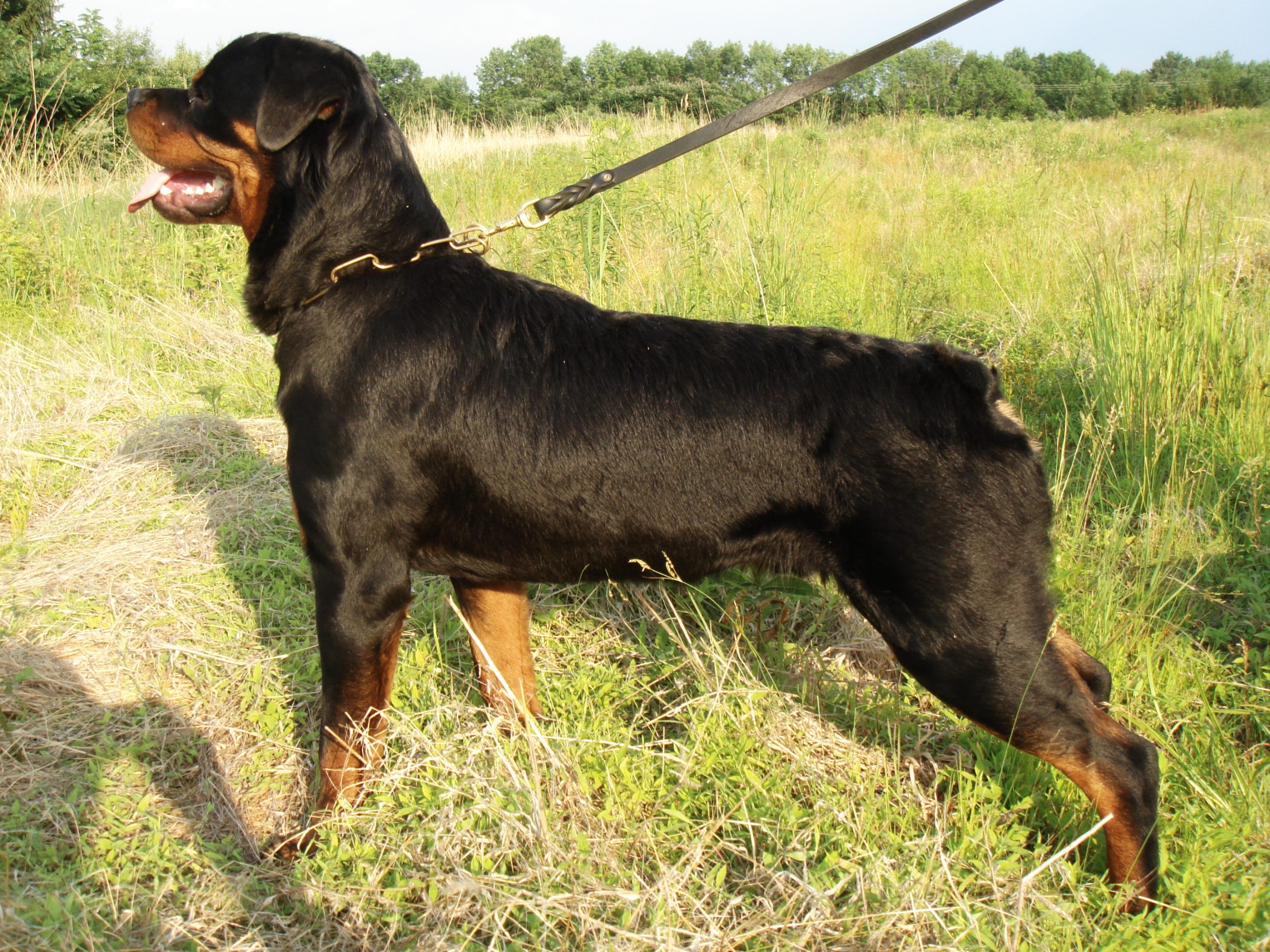
Dogs eat grass when they are sick
This is honestly one that I haven’t heard much about, but apparently it’s a frequently asked question at vets. Many dog owners worry that if their dog is eating grass there must be something wrong with the animal.
This concern is understandable, as it’s obviously not a natural thing for a dog to do some grazing on your lawn.
There are many studies that suggest a variety of reasons for dogs eating grass, including trying to supplement their diet, aid digestion, rid themselves of worms, and adding fibre to their diet. The dog may also just like the taste of grass.
Whatever the reason, it is suggested that only 10% of dogs that eat grass are actually sick. So, if your dog looks and seems healthy but is eating some grass, don’t worry too much about.
Please note that this is not medical advice. If you are genuinely worried about your dog eating grass, consult your vet.
Only male dogs hump
This is a myth I have heard many times and have witnessed it being dispelled just as often. The reason for dogs humping is an interesting one. This topic is often brought up in canine body language discussions. There are, firstly, multiple reasons for dogs humping.
Dogs do hump for sexual purposes and this is only in males, generally under a year of age and unneutered, according to Sandy Eckstein from webmd.com.
Other reasons for dogs humping are excitement and incorrect socialisation. Although some people say it is a dominance-based reaction to other dogs, this is in my view an incorrect opinion, and many people will agree and disagree. This can be discussed another time.
Secondly, both male and female dogs can be affected by excitement and incorrect socialisation. We can therefore kick that myth to the curb.
The reasons why dogs hump when excited is due to what is called a coping mechanism. This means that when the dog gets too excited for whatever reason, it will do something to try and cope.
Some dogs lick, some dogs shake, others will hump. So it is most commonly a result of over-arousal, not a sexual or dominance thing.
More myths?
If you have any other myths that you would like me to address, please drop me an email and I will get to them in a timely fashion.
If you would like help in dealing with any issues your dog may have, such as humping, we can talk through how to address these.
I am always willing to help and make the human canine relationship as smooth as possible.
Email Jarred Hodgson at [email protected].





